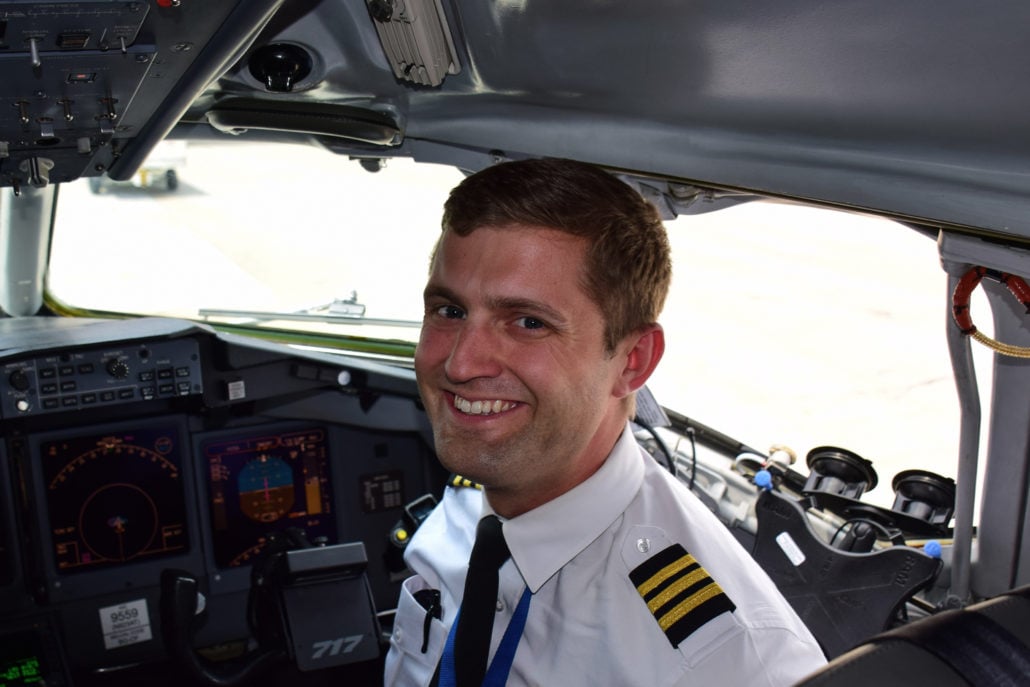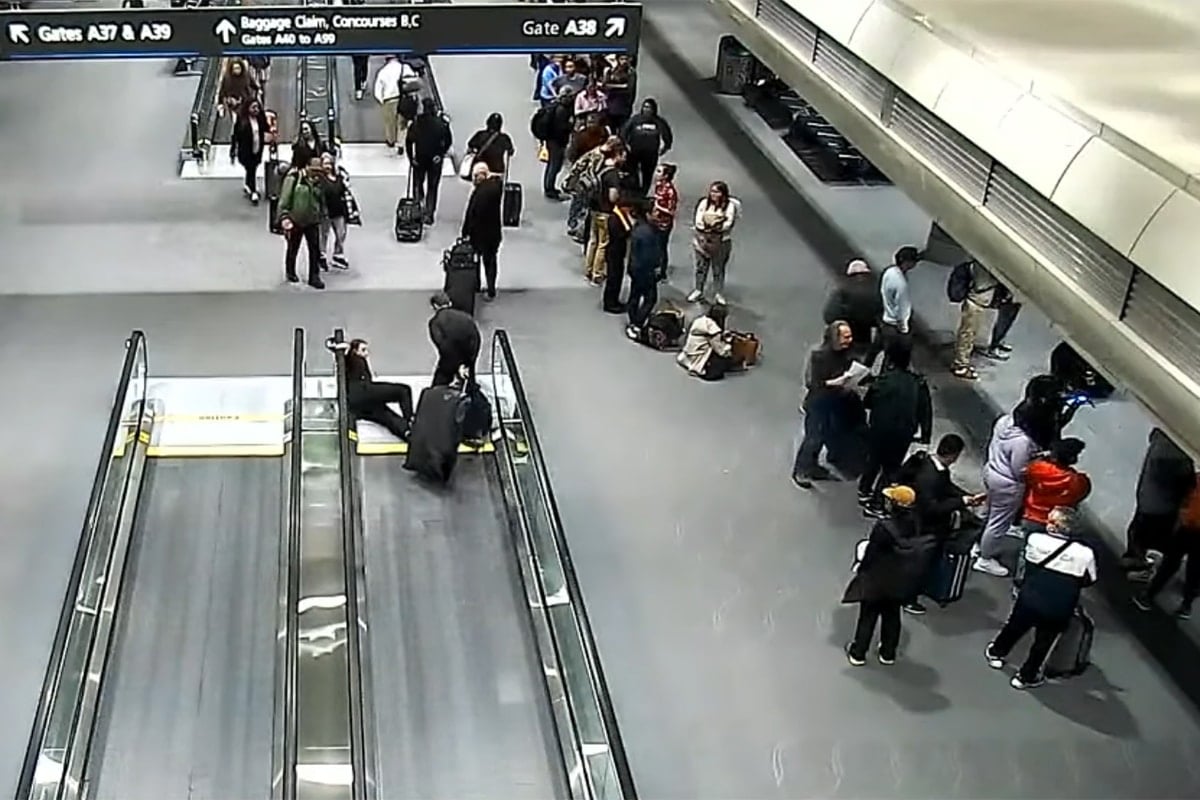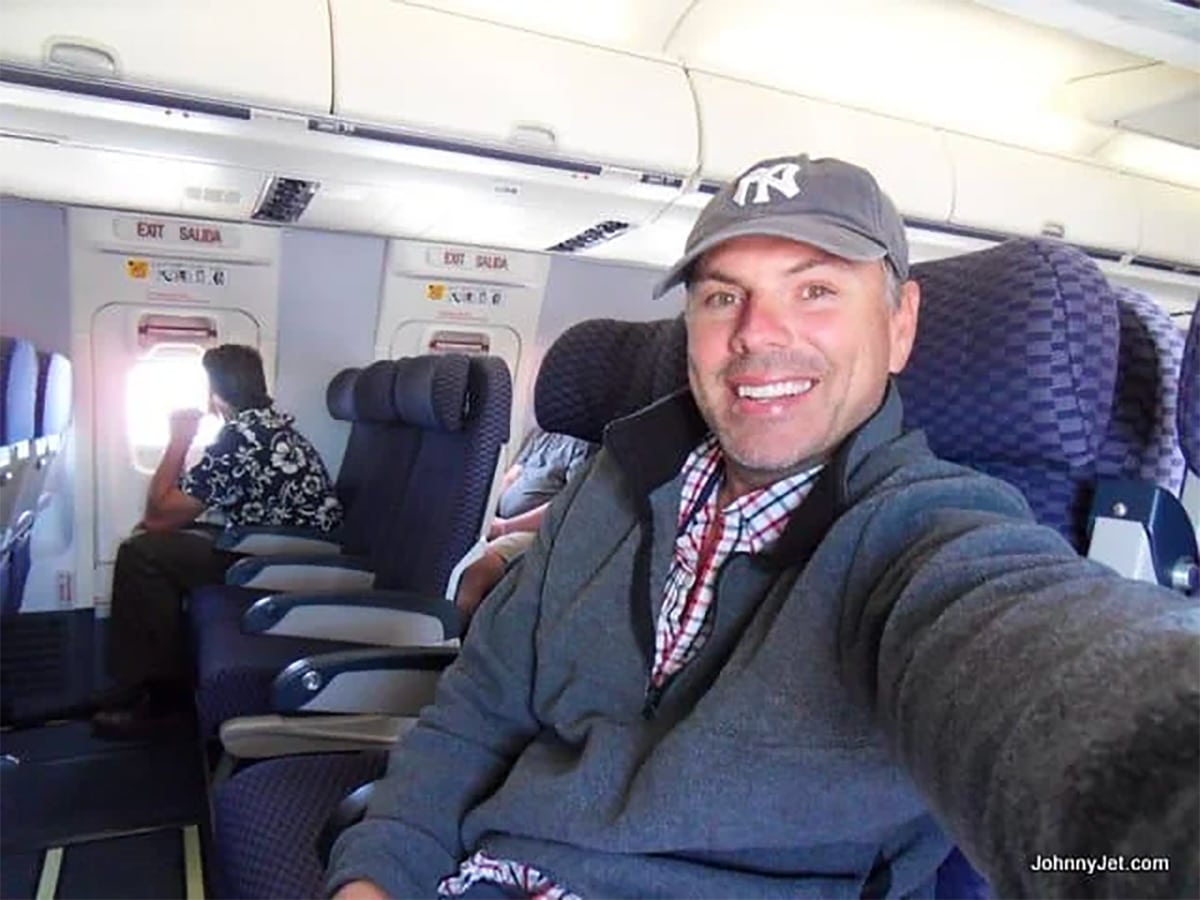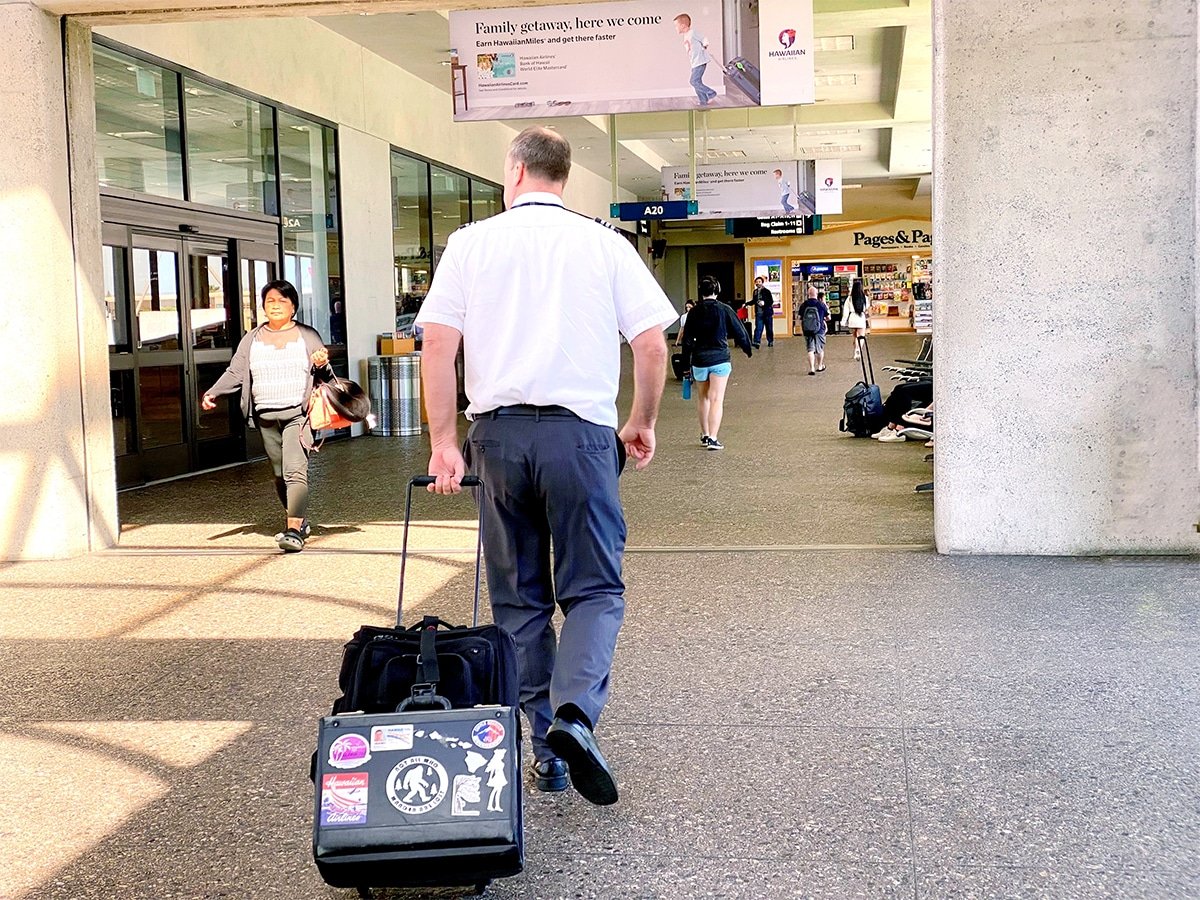
In our Ask a Pilot series, pilot Spencer Marker answers one of your aviation-related questions each week. See past installments here and submit your own to Whitney@johnnyjet.com.
The question
Hi! Now that the Concorde has been retired for over 14 years, is there any prospect for a new supersonic airliner?
—Hank S.
The answer
Hank, thank you so much for writing in for this week’s Ask a Pilot. In looking forward to the future of travel, supersonic flight seems to be a crucial component that vision. However, the futuristic Concorde has already brought supersonic travel to the public. During its development, the Concorde was wildly popular, with airlines ordering over 100 of the type. However, over time, the aircraft’s high fuel burn and noise resulted in nearly all orders being cancelled. Looking forward, passenger-carrying supersonic flight is again looking feasible, but challenges remain.
History of supersonic flight
First of all, what does supersonic actually mean? Well, to fly supersonic, it means the airplane is flying faster than sound travels through the air. This is also known as the speed of sound. At sea level, the speed of sound is 761mph but decreases with altitude, becoming lower the higher up an airplane flies. We refer to the ratio of an airplane’s speed to the speed of sound as its Mach number. Today’s airliners fly at roughly Mach .75, or three-quarters the speed of sound.
The speed of sound was first broken by an airplane in 1947 by Chuck Yeager in the rocket-powered Bell X-1. The orange airplane, named Glamorous Glennis after his wife, achieved a speed of Mach 1.06, just breaking the speed of sound.
From there, many military aircraft were quickly developed (this was the Cold War after all) that could break the speed of sound, employing cutting edge aerodynamics and very powerful engines, often with afterburners.
In the 1960s, manufacturers sought to apply this technology to commercial aircraft. A British and French consortium launched the Concorde. The Soviet Union, not to be outdone, launched their own supersonic transport (SST) in the Tupolev Tu-144. In the US, both Boeing and Lockheed put forward their designs for supersonic airliners, utilizing government subsides to make sure America wouldn’t be left out of the race for a successful SST.

The new aircraft promised to cut flight times significantly, with the 8-9 hour journey from New York to London now taking a mere three hours. The new aircraft would flight higher, too, flying at altitudes up to 60,000 feet, well above weather and other, slower traffic.
The future turned out to not to be so rosy for this promising high-speed technology. The aircraft’s noise from its powerful turbojet engines and its sonic boom in flight resulted in the banning of the aircraft flying supersonic over the continental US. The aircraft’s high fuel consumption also made its time savings moot, and the Arab oil embargo certainly didn’t help. With the US market now off limits, the American SST projects were canceled. The Russian TU-144 was plagued with technical problems and only 16 were built. The Anglo-French Concorde was a technical success, flying reliably for nearly 30 years with British Airways and Air France. However, the type was a commercial failure. Most orders for the jet were cancelled and only 20 of examples of the aircraft were built.
Issues with breaking the sound barrier
The largest issue with operating supersonic airliners comes from the sonic boom they create. This occurs when pressure waves around an aircraft traveling above the speed of sound become compressed. These waves form a single shock that travels at the speed of sound, creating a large crack when heard on the ground.
Additionally, the large engines required to break the speed of sound also produce a challenge—not only from their noise (although modern jet engines are quieter) but also from their fuel consumption. Breaking the sound barrier requires a lot of thrust, which also means burning a lot of fuel. Seeing as airlines are in an extremely cost-sensitive business, they value efficiency over speed. So supersonic speeds won’t appeal to airlines, unless they can be acheived efficiently.
What’s on the horizon
Aircraft designers are once again flirting with the allure of a supersonic jet. Right now, the Aerion Corporation, in partnership with Airbus, is developing an 8-12 seat supersonic business jet. The new aircraft will shuttle passengers at Mach 1.5 and at least 20 aircraft have been ordered by Flexjet, a private jet company.

Denver-based Boom Technology is also designing a supersonic jet. Their offering will hold about 50 passengers and fly at over two times the speed of sound, or Mach 2.2. That would mean flights from San Francisco to Tokyo would take a little over five hours and LA to Sydney would be just under seven. The airplane has received significant interest from airlines, including Virgin Atlantic, which has options for 10 jets. Richard Branson’s The Spaceship Company will have a role in testing and manufacturing the aircraft. The jet is scheduled to enter service in 2023.
New entrants will mitigate their sonic booms through clever aerodynamics and engine configurations. Also, the engines they use will be more fuel-efficient than their predecessors. Perhaps making reliable supersonic travel possible for the masses in the not so distant future.
To sum up
Thanks again for the question, Hank. It’s really my hope that supersonic travel becomes widespread during my lifetime. And with the future of travel coming into clearer focus, I believe that it may be a technology whose time has come.
If anyone has a burning aviation question or something you would like cleared up, drop us a line at Whitney@johnnyjet.com to get your question featured in an upcoming Ask a Pilot column.
Tailwinds,
—Spencer







